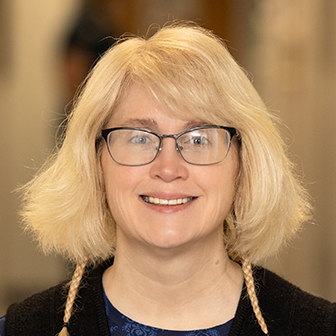Head Lice Affects up to 12 Million School Aged Children Each Year
Over-the-counter treatment alone not enough to rid home of tiny ectoparasites
 DAYTON, Ohio (July 12, 2016) – The American Academy of Dermatologists (AAD) estimates that up to 12 million school aged children will get head lice each year – suffering from the nagging symptoms of tingling, itching and even sores on their scalp.
DAYTON, Ohio (July 12, 2016) – The American Academy of Dermatologists (AAD) estimates that up to 12 million school aged children will get head lice each year – suffering from the nagging symptoms of tingling, itching and even sores on their scalp.
Most joke that the description alone can cause one to start scratching their head. But head lice is no laughing matter for the households battling the health issue. Head lice is a human ectoparasite that is only as large as a sesame seed when fully grown. Yet, it has the power to affect a child’s sleep and school attendance, not to mention mom and dad’s ability to go to work.
Susan Davis-Brown, MD, an internal medicine and pediatric physician with Brookville Family Care, says a proper understanding of head lice is critical for prevention and treatment of the condition. Many families lack education as to how lice is spread and who is prone to get it.
“They do not jump, they do not fly. They have to crawl,” says Dr. Davis-Brown, who practices with Premier HealthNet. “You truly have to have close, personal contact with another person who has it or use a personal item of someone who has head lice.”
Children should be taught not to share personal items with other children such as combs, pillows, hats or bed sheets. This should be a rule of thumb whether or not lice is an issue since children can have head lice and not even know it.
“I know this can be hard for children, especially girls who may share a brush with their friend if they need it,” she says. “If a child brushes their hair with a brush that may have a lice nit then it starts the entire lice life cycle over again on their head.”
Lice nits are the eggs of grown lice. Lice lay nits on the hair shaft about an inch up from the scalp. The removal of nits is an important part of lice treatment and should be seen as a separate step from using over-the-counter lice removal shampoos, which only kill live lice. This is often a step that is overlooked or ignored. Nits stick like glue to the hair shaft and must be meticulously removed with the use of fingernails between the two shampoo treatments that happen seven days apart, Dr. Davis-Brown says.
According to the AAD, children who get head lice should not be regarded as dirty or as possessing some type of disease. In fact, contrary to popular belief, head lice do not prefer greasy or dirty hair rather they gravitate to clean hair that allows them to better attach.
Head lice is more readily spread when children congregate in large groups.
“Typically kids pick it up when they are at school, when they go to camp or when they are in close quarters with other children,” says Dr. Davis-Brown. “One of the biggest issues I see is when children spend their time between two different homes. They may pick it up one weekend when they are at dad’s house and then spread it the next weekend when they are with different siblings at mom’s.”
Parents can help avoid lice by routinely checking a child’s head regardless of the season. Treatment time can often be shortened when it is caught right away. Dr. Davis-Brown also cautions parents that while there are prescription medications for lice, a child’s age should be carefully consider before using them.
For more information on head lice or to find a Premier HealthNet provider near you, visit premierhealthnet.com/provider.
Contact Us
Discover more about Premier Health and join us in building healthier communities in Southwest Ohio. Learn more about working at Premier Health, becoming a volunteer, and making a gift to support our mission.

